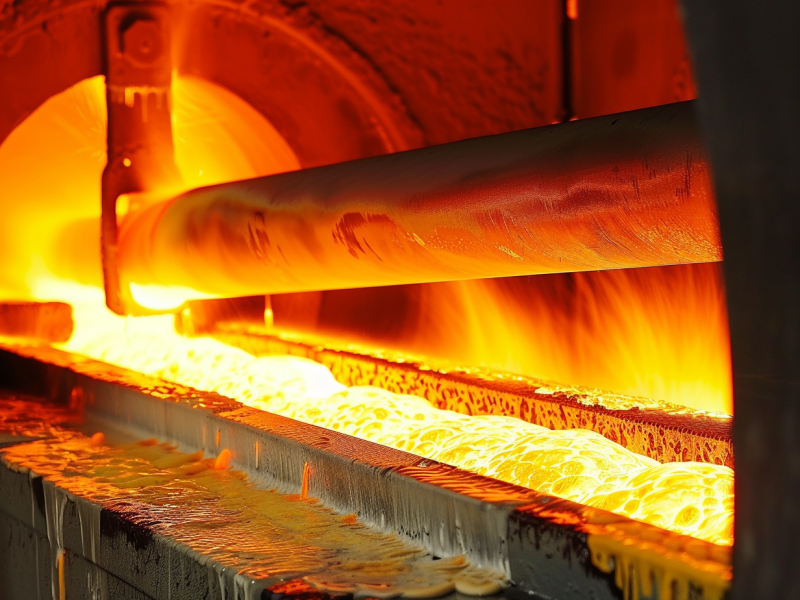
1. Introduction
Scandium is a rare metal known for its lightweight and valuable properties. It plays an important role in high-tech industries, especially in environments that require materials to withstand extreme heat. One of scandium’s key features is its high melting point, which is critical for many advanced applications. In this article, we’ll explore scandium’s melting point and how it benefits various industries.
2. Scandium Melting Point
Scandium has a melting point of 1541°C (2806°F). This means it stays solid until it reaches this very high temperature. The reason for this high melting point lies in the strong atomic bonds within the metal. These bonds require a lot of energy to break apart, which is why scandium can endure such intense heat. Because of this property, scandium is highly valued in industries where materials are exposed to extreme temperatures.
Further Reading: Scandium Introduction: Structure, Classification, and Characteristics
3. Advantages of Scandium’s Melting Point
The high melting point of scandium offers several important advantages. First, it ensures that scandium can maintain its strength and stability in very hot environments. This makes it suitable for use in aerospace, where components must survive under intense heat without losing their integrity.
Another benefit is scandium’s resistance to oxidation at high temperatures. Oxidation occurs when materials react with oxygen, which can cause corrosion and weaken the material. Scandium, however, does not oxidize easily, even when exposed to both heat and air. This means that scandium-based materials can last longer and require less maintenance, making them reliable in demanding conditions.
4. Comparison with Other Materials
To understand scandium’s unique qualities, it’s helpful to compare it with other metals. For example, aluminum and magnesium are both lightweight metals like scandium, but they have much lower melting points—660°C (1220°F) for aluminum and 650°C (1202°F) for magnesium. This means they can’t handle as much heat as scandium can.
Titanium is another metal often used in high-temperature applications. It has a melting point of 1668°C (3034°F), which is slightly higher than scandium’s. However, titanium is also heavier than scandium. This is where scandium shines—it offers a balance of high-temperature resistance with a much lower weight, making it ideal for applications where both strength and lightness are needed.
5. Applications of Scandium’s High Melting Point
Scandium’s high melting point is highly valuable in the aerospace industry. It is used to make high-temperature alloys, which are essential for parts like gas turbine blades. These blades face extreme heat and pressure during operation. Scandium helps ensure that these parts perform well and stay reliable. Additionally, scandium alloys are lighter, which helps reduce the overall weight of aircraft. Lighter aircraft use less fuel and produce fewer emissions.
In manufacturing, scandium is used in heat-resistant coatings. These coatings protect equipment from damage caused by heat and oxidation. For example, machinery that operates in high-temperature environments can last longer with scandium coatings. This reduces the need for frequent repairs and helps keep the equipment in good condition. Scandium is also beneficial in advanced welding. Its high melting point and strength make welds more durable.
Scandium is also valuable in the automotive industry. Parts made with scandium alloys can handle higher temperatures without breaking down. This makes them ideal for use in engines and other important components. Using scandium improves vehicle performance and increases the lifespan of the parts.
6. Conclusion
Scandium’s high melting point is one of its most important features. This sets it apart from many other materials. Scandium can withstand extreme heat while still being lightweight. This makes it essential in industries like aerospace, manufacturing, and automotive. As technology advances, there will be a growing need for materials that handle high temperatures without losing performance. Scandium’s unique properties make it well-suited to meet this need. It is likely to become even more important in the development of advanced materials and engineering.

I truly appreciate this post. I’ve been looking all over for this! Thank goodness I found it on Bing. You have made my day! Thank you again